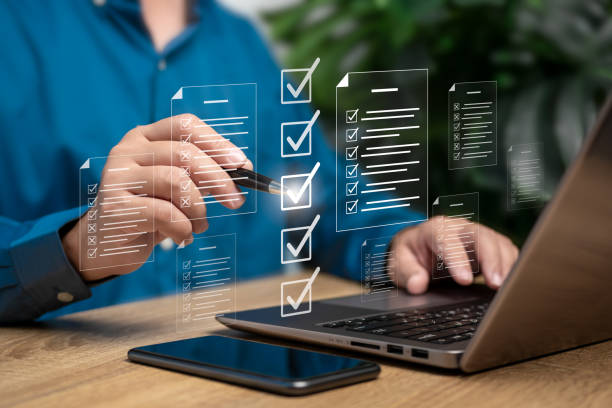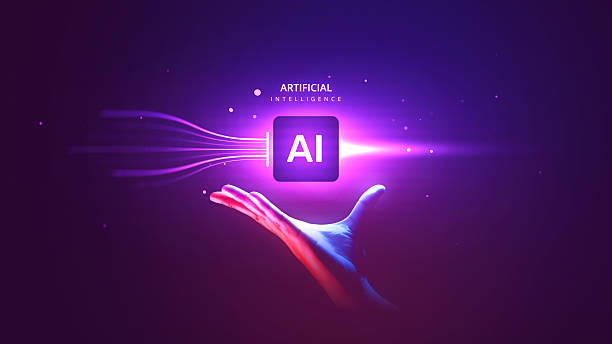Introduction to the Importance of On-Page SEO and Its Role in Online Success
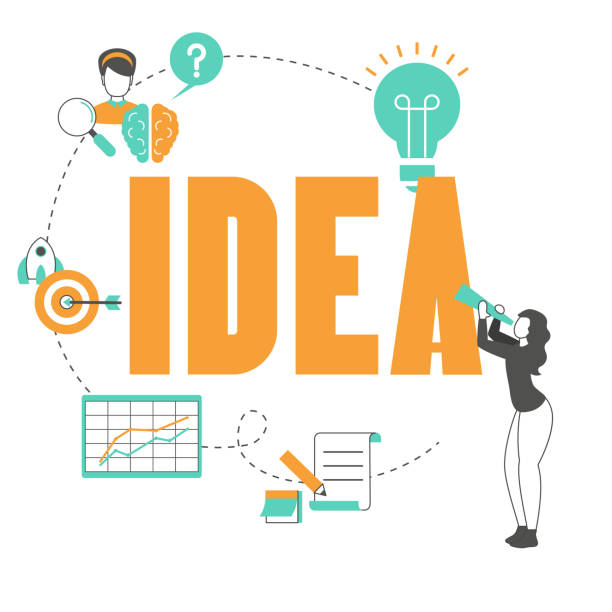
In today’s highly competitive digital world, your website’s visibility is of immense importance.
One of the most crucial pillars of this visibility is On-Page SEO.
This concept, sometimes also known as internal site optimization, refers to a set of actions performed within your website to help search engines better understand and rank your site’s content and structure.
These actions include optimizing keywords, titles, meta descriptions, URL structure, internal linking, and improving user experience.
A correct understanding and precise implementation of On-Page SEO are vital for any website seeking to increase organic traffic and improve its position in search results.
This section is explanatory and educational and will help you understand the foundation of this approach.
For instance, while building high-quality backlinks (Off-Page SEO) is important, without a strong internal foundation, even the best backlinks cannot unlock your site’s full potential.
Therefore, first and foremost, you must ensure the strength and optimization of your website’s internal structure.
The ultimate goal of On-Page SEO is to provide the best possible experience for both users and search engine robots so that your content can be easily found and understood.
Are you worried about losing customers because you don’t have a professional e-commerce website?
With e-commerce website design by Rasaweb, forget these worries!
✅ Significant increase in sales and conversion rate from visitor to customer
✅ Professional and user-friendly design that builds customer trust
⚡ Get free consultation from Rasaweb
Keyword Research and Its Place in On-Page SEO

Keyword research is the cornerstone of any successful On-Page SEO strategy.
Before you even write a single line of content, you need to know what your audience is looking for and what phrases they use to search for it.
This specialized and guidance process helps you find words and phrases that not only have a decent search volume but are also relevant to your business or content.
Various tools like Google Keyword Planner, Ahrefs, Semrush, and Moz Keyword Explorer can assist you on this path.
After identifying primary and secondary keywords, you should naturally incorporate them into your titles, subheadings, meta descriptions, main content, and even image names.
It’s important to avoid “keyword stuffing”, as this not only harms your ranking but also disrupts the user experience.
The goal is for your content to be valuable to the user, with keywords appearing naturally within it.
Ultimately, effective keyword research provides you with insights on how to tailor your content to answer users’ questions and meet their needs, which significantly helps improve your On-Page SEO.
Optimizing On-Page Elements (Title, Meta Descriptions, Headings)

Optimizing On-Page elements forms the backbone of On-Page SEO.
This educational and specialized section focuses on details that exist directly within your pages’ HTML code, which search engines use to understand page content.
The page title (Title Tag) is the first thing users see in search results and what search engines pay attention to in order to understand the page’s topic.
It should include the main keyword and be engaging.
Meta descriptions, although not directly involved in ranking, heavily influence your click-through rate (CTR) in search results and should provide an appealing summary of the page’s content.
Headings (H1-H6) define your content’s structure.
H1 should contain the main keyword and be relevant to the page title, while H2 to H6 are used to divide content into smaller, more understandable sections.
Correct use of these elements not only helps search engine robots better understand your structure and content but also improves user experience, making content more readable and accessible.
Below is a table for further guidance on using these elements.
| On-Page Element | Main Use | On-Page SEO Tips |
|---|---|---|
| Page Title (Title Tag) | First impression for user and search engine of content | Includes main keyword, max 60-70 characters, unique for each page |
| Meta Description | Appealing summary of content in search results | Includes keyword, call to action (CTA), engaging to increase CTR, max 150-160 characters |
| Headings (H1, H2, H3…) | Structuring content and improving readability | H1 includes main keyword (one per page), H2-H6 for subheadings, logical and hierarchical |
| Page URL | Unique address for each page | Short, meaningful, includes keyword, use hyphens (-) instead of spaces |
The Importance of Content Quality and Structure in On-Page SEO

Content is king, but not just any content.
For success in On-Page SEO, the quality and structure of your content are of utmost importance.
High-quality content should be analytical, comprehensive, and valuable, answering users’ questions.
This type of content keeps users on the page longer (increasing dwell time) and reduces the bounce rate, both of which are positive signals for search engines.
Proper content structuring is equally important.
Using short paragraphs, bulleted lists, relevant images, and videos can significantly increase readability.
Long and unstructured content, even if it contains valuable information, might be tiresome for users and lead to their quick exit from the page.
Also, avoid duplicate content, as search engines dislike it and it may harm your ranking.
Instead, focus on producing specialized and unique content.
Your content should be written not only for search engines but, more importantly, for users.
Answering frequently asked questions within your content can also help you appear in search results for direct user queries.
Does your current website inspire the trust that potential customers should have in your business? If the answer is no, it’s time to get a professional and impactful corporate website with Rasaweb.
✅ Fully custom design tailored to your brand identity
✅ Increased lead generation and business credibility in the eyes of customers⚡ Contact us for a free consultation!
Optimizing Images for On-Page SEO and Loading Speed

Images play a very important role in your website’s visual appeal and user experience, but if not properly optimized, they can severely harm your site’s loading speed, which directly affects On-Page SEO.
This explanatory and educational section shows you how to optimize your images.
The first step is image compression.
Tools like TinyPNG or Compressor.io can significantly reduce the file size of your images without noticeable loss of quality.
Second, use appropriate formats.
Newer formats like WebP can have smaller file sizes compared to JPEG and PNG.
Third, naming image files.
The file name should be descriptive and include relevant keywords (e.g., “on_page_seo_optimization.jpg” instead of “IMG_12345.jpg”).
Fourth, and perhaps most important, is the use of Alt Text.
Alt Text is a brief description of the image content that is displayed if the image fails to load, and it is crucial for Accessibility as well as for search engines to understand the image content.
Make sure your Alt Text includes relevant keywords but avoid keyword stuffing.
Optimizing images not only helps improve site speed and your On-Page SEO ranking but can also increase traffic through image search.
Internal Linking; Site Architecture and Power Flow
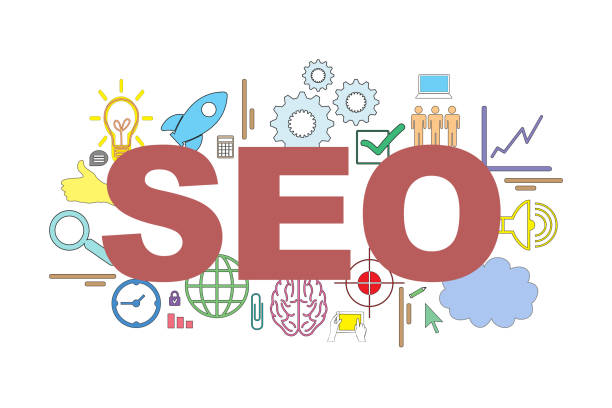
Internal linking is one of the most powerful On-Page SEO tools that is often overlooked.
This specialized and guidance process means creating links from one page to another within the same domain of your website.
Internal links not only help users easily navigate your site and find related content, but they also help search engines understand your site’s structure, discover pages, and pass “Link Authority” (Link Authority) throughout your site.
The more internal links a page receives from other authoritative pages on the site, the more important search engines consider it.
When creating internal links, use descriptive anchor texts that include relevant keywords.
For example, instead of “click here”, use “complete guide to On-Page SEO.”
A strong internal linking strategy can improve your site’s architecture, provide easier access to deeper and more important pages of your site, and generally enhance the user experience.
This also helps distribute PageRank and link value across your website, showing search engines which of your pages are more important.
URL Structure and Breadcrumbs for Improved On-Page SEO

URL (Uniform Resource Locator) structure and the use of Breadcrumbs are two other important elements in optimizing On-Page SEO that help search engines and users better understand your site’s structure.
This section is explanatory and specialized.
An optimized URL should be short, meaningful, and descriptive and include the main keyword of the page.
Using hyphens (-) to separate words instead of underscores (_) or spaces is recommended.
Clean and logical URLs are not only more appealing to users but also more readable for search engines and help in understanding content hierarchy.
For example, “www.example.com/blog/on-page-seo-guide” is better than “www.example.com/page?id=12345”.
Breadcrumbs show the navigation path to the user and allow them to easily return to higher-level pages in the site hierarchy.
They are usually located at the top of the page and displayed in the format “Home > Category > Subcategory > Current Page.”
Breadcrumbs not only improve user experience but also provide clear signals to search engines about your site’s structure and can be displayed as part of the snippet in search results, increasing click-through rates.
Proper implementation of these two elements helps strengthen your overall On-Page SEO.
Below is a table comparing good and bad URL structures and an example of breadcrumbs.
| Element | Good URL Example | Bad URL Example | Breadcrumb Description |
|---|---|---|---|
| URL Structure | example.com/blog/on-page-seo-tutorial |
example.com/page?id=123&cat=45 |
Meaningful, short, includes keyword, uses hyphens (-) |
| Breadcrumbs | Home > Blog > SEO > On-Page SEO Tutorial |
Easy navigation, improved user experience, helps search engines understand site structure | |
Basic Technical On-Page SEO Tips: Site Speed and Mobile Compatibility
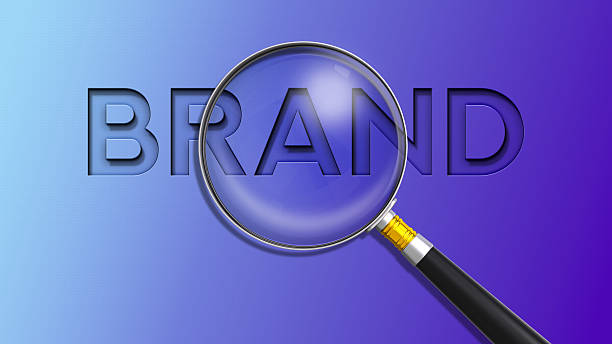
Alongside content elements, the technical aspects of On-Page SEO are also highly important.
The analytical and news is that search engines like Google pay special attention to site loading speed and mobile compatibility.
Site speed not only affects user experience (users may leave slow pages) but is also a direct ranking factor.
Tools like Google PageSpeed Insights help you identify your site’s speed issues and find solutions for improvement.
Image compression, code optimization (HTML, CSS, JavaScript), using a CDN (Content Delivery Network), and choosing suitable hosting are among the actions that can significantly increase your site’s speed.
Given the increasing number of mobile users, mobile compatibility (Mobile-Friendliness) is no longer an option but a necessity.
Your website should display well on various screen sizes (smartphones, tablets) and be easy to use.
Google uses “Mobile-First Indexing” (Mobile-First Indexing), meaning it considers the mobile version of your site as the primary version for indexing and ranking.
Therefore, ensuring website responsiveness and having a responsive design is crucial for improving On-Page SEO.
These technical factors show search engines that your site provides a good user experience, which ultimately helps improve your ranking.
Does your current e-commerce website design not generate the expected sales for you?
Rasaweb specializes in professional e-commerce website design!
✅ An attractive and user-friendly website aiming to increase sales
✅ High speed and security for an ideal shopping experience⚡ Get a free online store design consultation with Rasaweb!
User Experience (UX) and Its Role in On-Page SEO
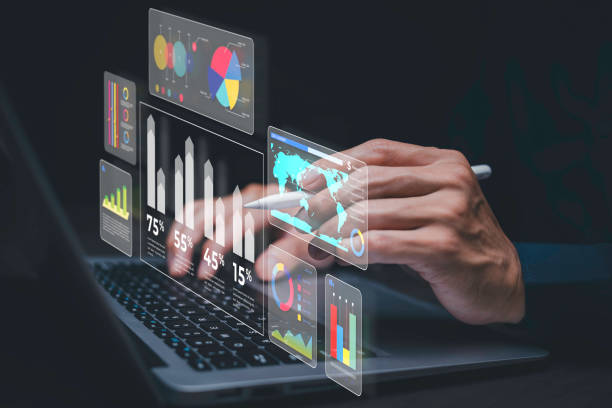
In recent years, the convergence between user experience (UX) and On-Page SEO has become more evident than ever.
Search engines are increasingly focusing on signals that indicate user satisfaction with your site.
This thought-provoking and engaging section discusses how improving UX can directly benefit your SEO.
The question is: If users don’t like your site, will search engines like it? The answer is a definitive no.
Factors such as dwell time on the site, bounce rate, number of pages visited per session, and conversion rate all signal to search engines whether your content is valuable to users.
Google’s latest initiative in this area is Core Web Vitals, which includes metrics for measuring real-world user experience: LCP (Largest Contentful Paint), FID (First Input Delay), and CLS (Cumulative Layout Shift).
Optimizing these metrics is not only better for your users but also directly helps improve your ranking in search results.
An attractive design, easy navigation, readable content, and high site speed all lead to an excellent UX, which in turn strengthens your On-Page SEO.
Think about it: a beautiful and user-friendly site naturally encourages users to visit more and share more, and these positive signals are also transmitted to Google.
Monitoring Tools and the Future of On-Page SEO
![]()
After implementing On-Page SEO strategies, continuous monitoring and analysis of results are vital to ensure their effectiveness.
This analytical and specialized section introduces tools that will help you on this path, as well as providing a look at the future of On-Page SEO.
Tools like Google Search Console (GSC) and Google Analytics provide valuable information about your site’s performance in search results, the keywords users use to find you, crawl errors, and user behavior on your site.
GSC helps you identify and fix technical SEO issues, while Analytics offers insights into how users interact with your content.
Paid tools like Semrush, Ahrefs, and Moz also offer more advanced capabilities for keyword research, competitor analysis, rank monitoring, and SEO issue investigation.
The future of On-Page SEO is closely tied to advancements in artificial intelligence and search engines’ deeper understanding of user intent.
Voice search, visual search, and data-driven content are important trends to pay attention to.
Instead of merely optimizing for keywords, focusing on addressing user intent and creating comprehensive, authoritative content that fully answers questions will become more important in the future.
Overall, On-Page SEO is a dynamic process requiring continuous updates to remain at the top of search results.
Frequently Asked Questions
| Question | Answer |
|---|---|
| What is On-Page SEO? | It refers to a set of actions performed within a website to improve its ranking in search engines. |
| Why is On-Page SEO important? | Because it helps search engines better understand your site’s content and structure and improves user experience. |
| What are the most important elements of On-Page SEO? | Title and meta descriptions, keywords, URL structure, quality content, image optimization, internal linking, and site speed. |
| How to optimize Title Tag and Meta Description? | The title should include the main keyword and be engaging, and the meta description should be a persuasive summary of the content with relevant keywords. |
| What is the role of keywords in On-Page SEO? | Keywords tell search engines what the page content is about and should be used naturally and intelligently within the text. |
| How is image optimization done for On-Page SEO? | By compressing file size, using descriptive file names, and filling the Alt tag with relevant descriptions and keywords. |
| What is Internal Linking and what is its use? | It is the connection of different pages within the site to each other. This helps distribute Page Authority and improve search engine crawling. |
| What is the importance of site loading speed in On-Page SEO? | High speed improves user experience and is an important ranking factor for search engines like Google. |
| What effect does site responsiveness (Mobile-Friendliness) have on On-Page SEO? | Given the increase in mobile users, responsiveness is essential for providing a suitable user experience on all devices and for Google’s mobile-first indexing priority. |
| What are the important content-related factors in On-Page SEO? | Originality, quality, comprehensiveness, readability, proper use of headings (H1, H2,…), and regular content updates. |
And other services of Rasaweb Advertising Agency in the field of advertising
Smart Conversion Rate Optimization: A professional solution to increase website traffic focusing on marketing automation.
Smart Link Building: A creative platform to improve customer acquisition by optimizing key pages.
Smart Website Development: A professional solution to improve SEO ranking focusing on custom programming.
Smart UI/UX: A professional solution to improve SEO ranking focusing on SEO-driven content strategy.
Smart SEO: Transform sales by leveraging real data.
And over hundreds of other services in the field of internet advertising, advertising consultation, and organizational solutions
Internet Advertising | Advertising Strategy | Advertorials
? Are you ready to transform your business in the digital world? Rasaweb Afarin Digital Marketing Agency, specializing in corporate website design and providing comprehensive online marketing solutions, is with you to establish a powerful and influential presence on the web.
📍 Tehran, Mirdamad Street, next to Bank Markazi, Kazeroun Jonoubi Alley, Ramin Alley No. 6
Sources
What is On-Page SEO?
Comprehensive Guide to On-Page SEO
Best Practices for On-Page SEO
On-Page SEO Tutorial and Ranking Improvement

